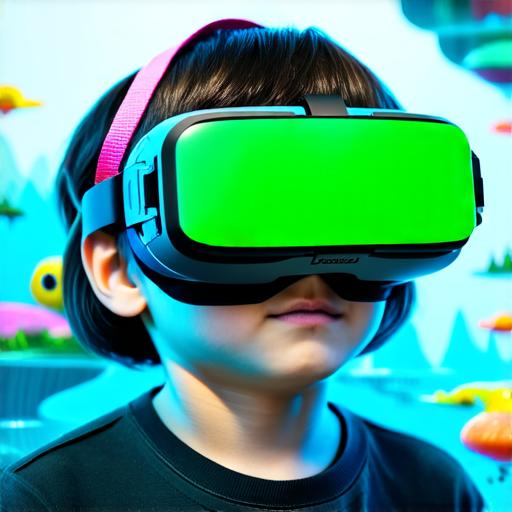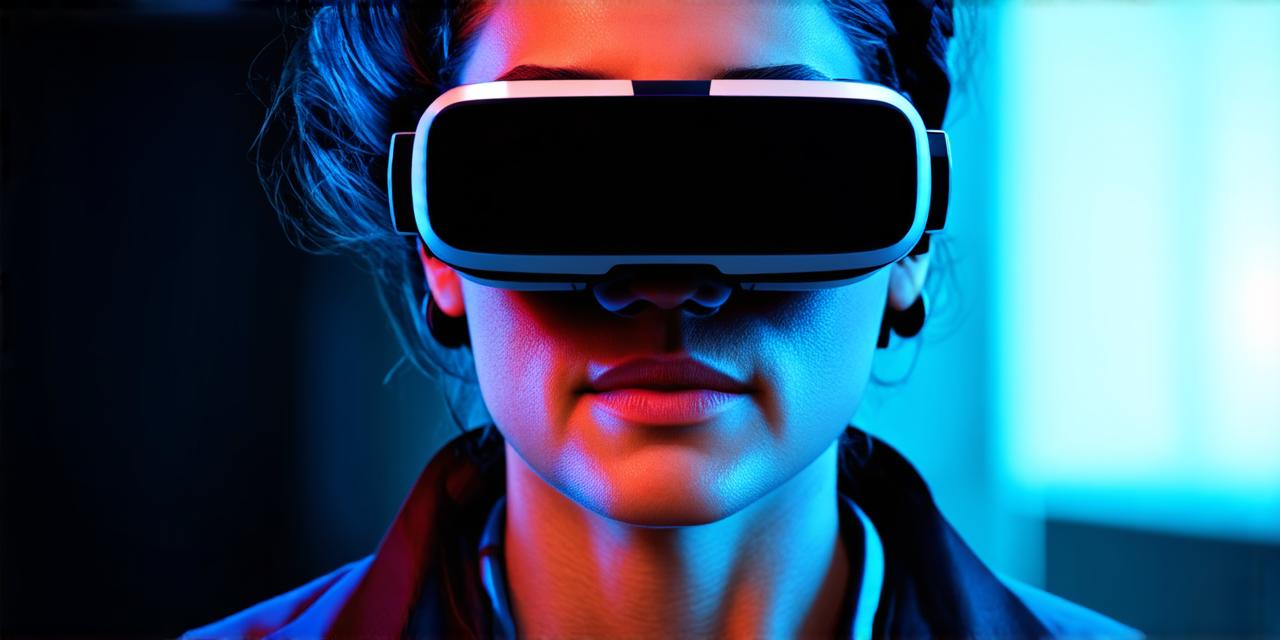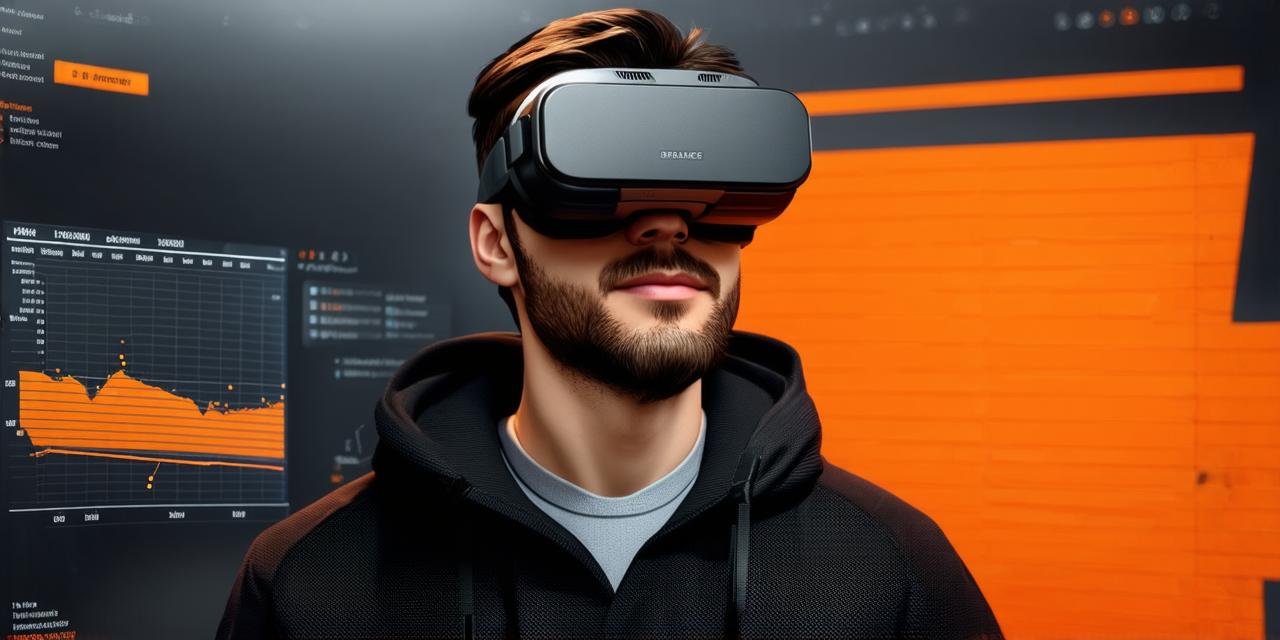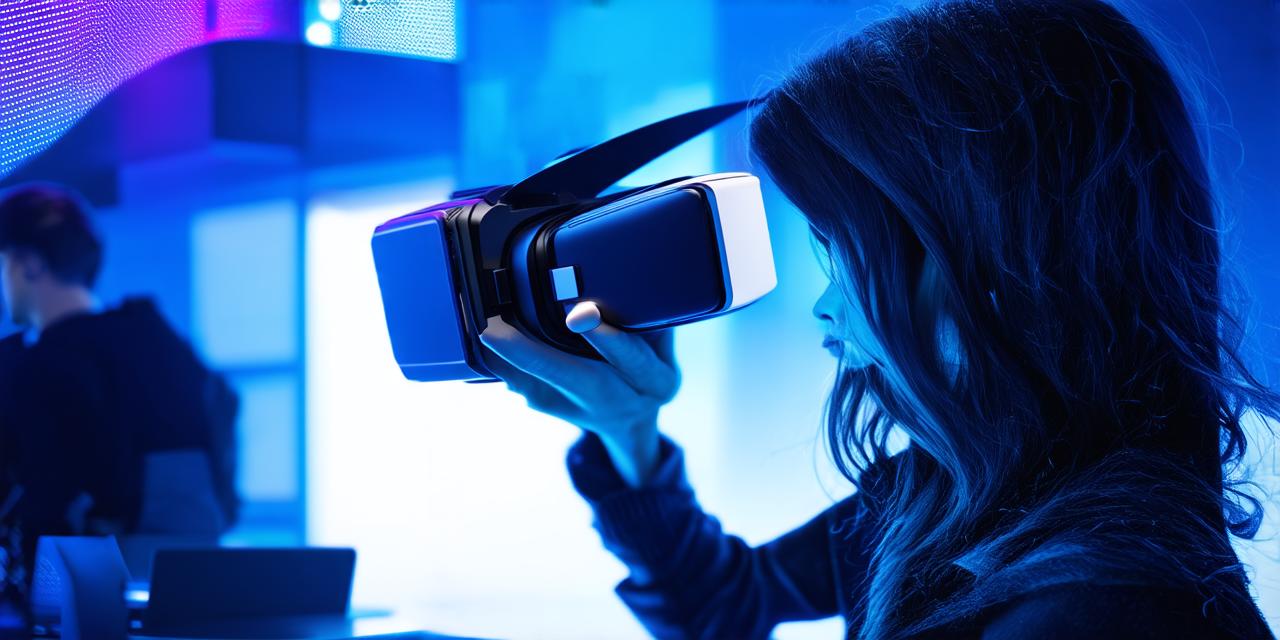Virtual Reality for Children
The world of virtual reality (VR) is rapidly changing and expanding, with new technologies and applications emerging all the time. One of the most exciting aspects of VR is its ability to transport users into immersive environments that were previously impossible to experience in real life. But what about children? Are they ready to enter this exciting new realm? This article will explore the minimum age for virtual reality, the factors that should be considered when determining if a child is ready to experience it, and some of the potential benefits and risks associated with VR technology for kids.
Safety Concerns
One of the biggest concerns when it comes to virtual reality is safety. VR technology can be expensive, and parents want to ensure that their children are using it in a safe and responsible manner. Additionally, some studies have suggested that prolonged exposure to VR can cause eye strain, motion sickness, and even headaches.
Age Limitations
There is no one-size-fits-all answer to this question, as it depends on a variety of factors, including the child’s age, level of maturity, and individual tolerance to VR technology. However, most experts agree that children under the age of six should not be exposed to virtual reality due to their developing brains and the potential risks associated with prolonged exposure to this technology.
Case Studies and Personal Experiences
One example of a child who was too young for virtual reality is a five-year-old boy named Jack. Jack’s parents had recently purchased a VR headset, and they were excited to share this exciting new technology with their son. However, after just a few minutes of use, Jack began to experience severe motion sickness and needed to take a break from the VR experience.
Factors to Consider
There are several factors that parents should consider when determining if their child is ready for virtual reality. These include:
- Maturity
- Tolerance to Technology
- Age Appropriate Content
- Supervision
Benefits and Risks of Virtual Reality for Children
Virtual reality technology has the potential to be an incredibly engaging and educational tool for children, with numerous benefits and risks associated with its use. Some of the potential benefits of virtual reality for kids include:
- Improved Learning
- Improved Social Skills
- Enhanced Creativity

However, there are also some potential risks associated with virtual reality for children, including:
- Eye Strain and Motion Sickness
- Addiction and Overuse
- Violent or Inappropriate Content
In conclusion, virtual reality technology has the potential to be an incredibly engaging and educational tool for children, with numerous benefits and risks associated with its use. While there are some concerns about the safety of VR for younger children, most experts agree that it can be a valuable addition to any child’s education and development. By carefully considering their child’s needs and abilities, parents can help ensure that their child has a safe and enjoyable experience with virtual reality technology.




